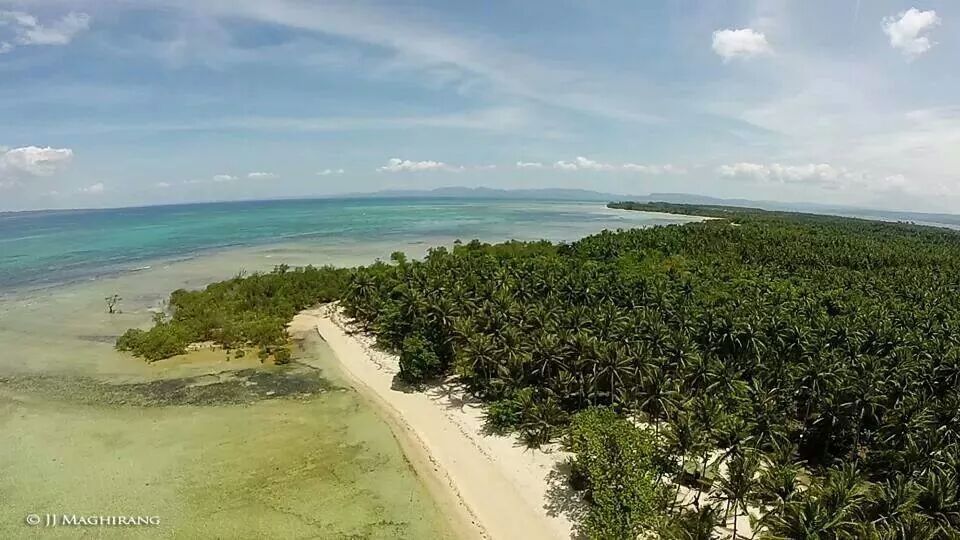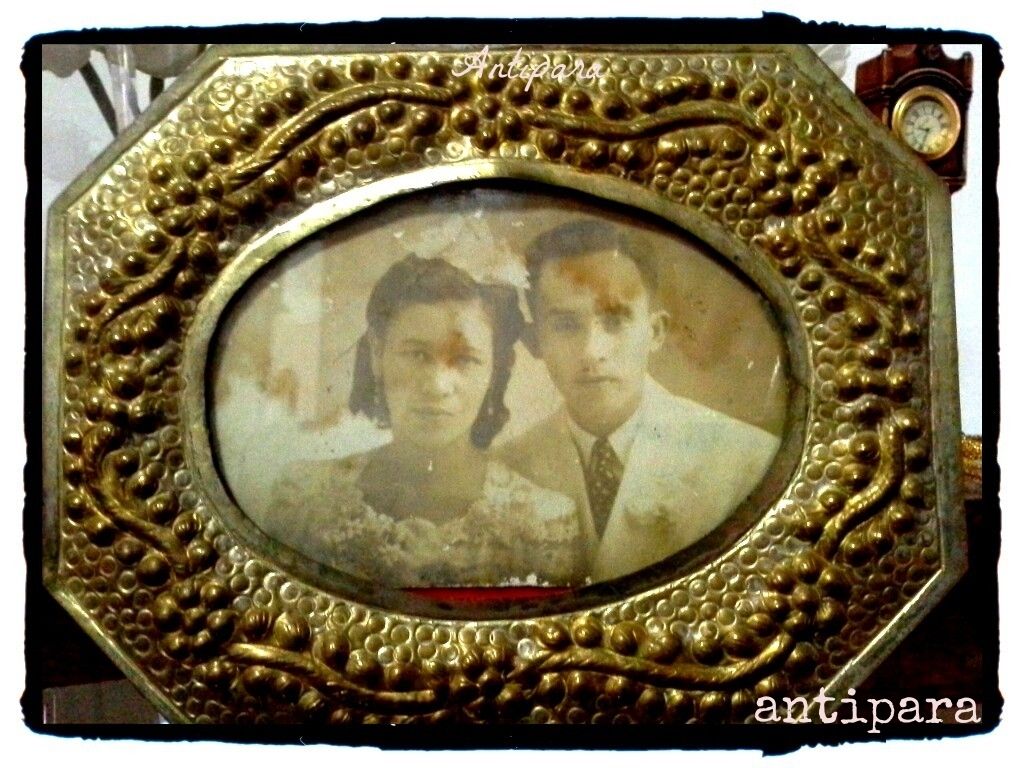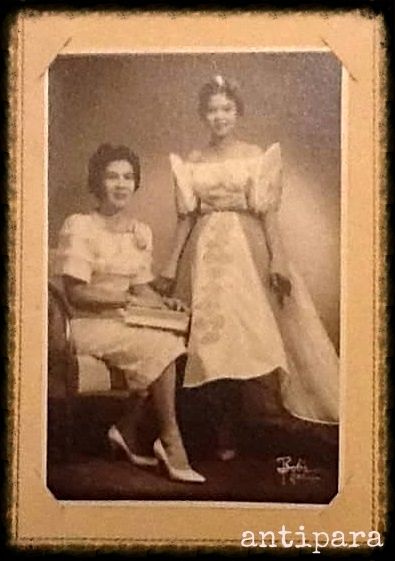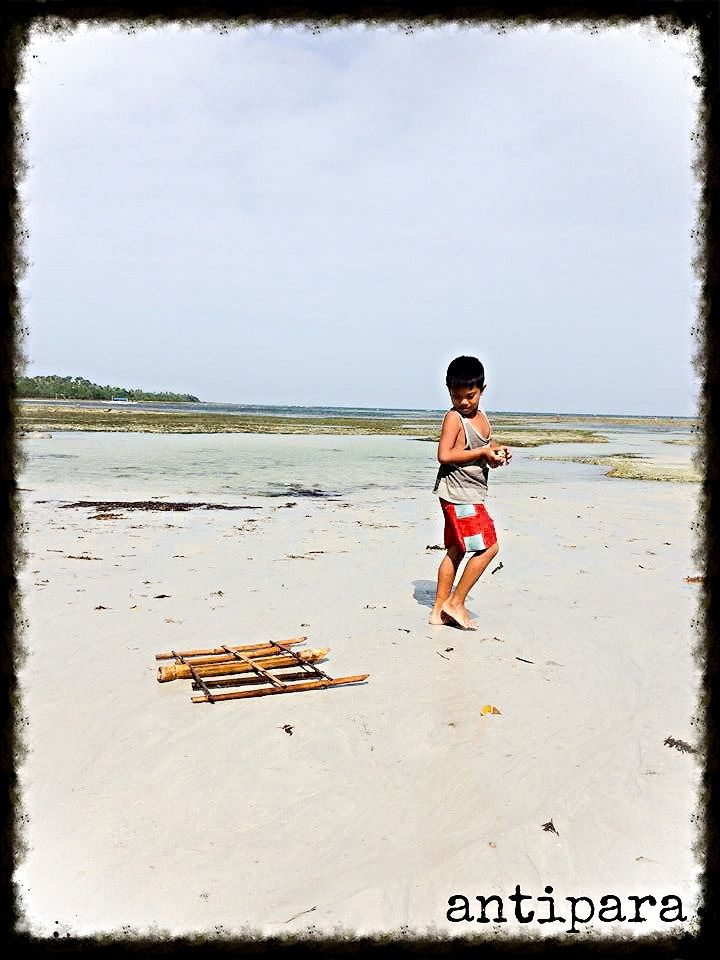 |
| Aerial View of Cagbalete Island from Nilandingan Cove by JJ Maghirang |
TRAVEL
Cagbalete island is a 1,640 hectare property inside the vicinity of Lamon Bay.
....And I'm sure you've already read about this and other facts about the island from various blog posts and Wikipedia. You've also probably heard about Cagbalete Island one way or another. May it be a blog post, an ad you saw on facebook, casual mentions or a friend who has actually been to the island and back. I have been going to the island as a kid and have called it Home for about 3 years straight. Living on the island like a local and exploring what it has to offer made me forget the comforts of urban living. With the influx of tourists to Cagbalete, I've been thinking of making the ultimate guide, the road less traveled, the off-beaten path so to speak. I'll take you on a journey so that you would get to appreciate the Real Cagbalete. It's not just the shift of tides that make it special. The History of the island, the Flora, the Fauna and the People all contribute to the distinct charm that sets Cagbalete apart from the other island destinations in the country.
 |
| Cagbalete Island from a Distance (shot from Cagsiay I) |
And so we begin..
 |
| The 1868 document that shows the signatures of Don Benedicto, Don Jose and Father Manuel |
History :
In 1859, 3 enterprising brothers, Don Benedicto, Don Jose and Fray Manuel Pena (a priest of San Juan de Dios Hospital, mentioned in the 1868 document) decided to purchase Cagbalete Island from the Spanish Government. Through research by the family Historian, Tito Mirlo Pansacola, it was found out that the Pansacolas were actually descended from the Native American Indians that populated the Northwest Coast of Florida (Ever heard of Pensacola Bay?) and that they found themselves in the Philippines through the Manila-Acapulco Galleon trade route. They were of direct Spanish descent and this was where the special privilege accorded them to be able to purchase land from the "la Reyna de Espana" came from.A Supreme Court document in the 1950's stated that the contract to purchase the island was signed in San Rafael, Bulacan leading some to surmise that the family was indeed from there and settled in Mauban after. But I was able to browse through the documents mentioned and saw that the English Translation of the 1859 document began with the Brothers stating that they were in fact Natives of Mauban in the Province of Tayabas (the old name of Quezon Province) and that the document was signed before a certain "Don Rafael". This might be where the confusion came from, whether the 3 letters before Rafael were actually Don or San.
In 1868, the 3 brothers decided to include as heirs the children of their deceased brother Don Eustaquio who lived in the posh districts of Manila (Ermita/Malate). The island of Cagbalete was divided into 4 equal shares. 1/4 of each share to each brother. For those wondering what happened to the 1/4 share of Fr. Manuel, who inherited it? Interesting to mention that he actually had heirs (6 in fact with 5 different surnames) and it was discovered that he was their Father. He even had a child that, like Jose Rizal, was exiled by the Spanish to Cagayan de Oro for being an "ereje". Fr. Manuel was actually a good provider and ensured that his children had a living. Talk about a very colorful family history diba? For the Ateneans, did you know that the great historian Fr. Horacio dela Costa (Yes, the building that houses the Dept. of Social Sciences and the road in Makati) also came from the Pansacola line? He even left a property in Cagbalete Dos to the Jesuit Congregation.
The 1868 document mentioned that the brothers had already paid the price decided upon by the high tribunal in the amount of 125 Pesos. Yes you read that right, P125, which was quite a sum of money at that time. Talk of inflation, what could buy us a Big Mac meal nowadays was enough to purchase an entire island in the 1850's. This also put in the sharing of work by the brothers. Don Benedicto will be in charge of bringing in animals and clearing/cultivating the island, Don Jose will be filing the application of purchasing the island while the nieces and nephews will share in the cost of purchase.
Though the intent to buy the island was first expressed in a document executed in 1859, the 1868 document provided a date as to when the Brothers first exercised their possession of the island. The date mentioned was August 11, 1866 which makes next year special being the 150th year that the island has been under the Pansacola family. Yeay, looks like a special celebration or a mass must be at least held to honor this special day. Imagine how hard it was for the Pansacolas to journey to Cagbalete without the luxury of motorized boats. Tito Mirlo said that they used large sailboats to go to the island. The trip would normally take weeks as from Mauban, the boat would then be blown towards the town of Perez in the island of Alabat (main reason why the Pansacolas also own tracts of land in Perez), and then the winds would blow again and bring the boat to the area occupied now by the Quezon Power Plant (Barangay Cagsiay I) and lastly the winds would bring them to the area near present day Sabang and/or Daungan (inside the San Jose river) which at that time was teeming with saltwater crocodiles. Now that's the REAL Adventure.
 |
| My Great Grandmother Milagros and her husband, Leonila Villabona's heir, Dr. Bautista del Banco |
 |
| My great grandmother, Milagros and my Lola, Lynnette during her debut at the Wack Wack Country Club |
Now, the island has been easily divided into 2 Barangays, Cagbalete Uno and Dos. Cagbalete Uno has the properties of Don Benedicto and Don Eustaquio while Cagbalete Dos has the properties of Don Jose and Fr. Manuel. Most of the resorts are found in Cagbalete Uno though there are also Interesting areas in Cagbalete Dos which I hope to also include in this Guide.
 |
| A local, "Jerrick", playing his makeshift toy boat during lowtide in Nilandingan Cove |
Hi! Where's the next part? 😸
ReplyDeleteHi! Where's the next part? 😸
ReplyDeleteWhere can we find part 2. dying to read it
ReplyDeleteHi! I am a granddaughter of Lolo Mirlo Pansacola and I'm interested about our family history. Hoping to know more about it
ReplyDeleteMaybe I can help even a little.
DeleteColeen meron daw version nyan ang Lolo Mirlo mo.
ReplyDelete¡Hola! I'm Teddy de la Peña living in Zaragoza, Spain and I love my colorful family history from the Philippines. I'm a descent from Eustaquio Pansacola through my Grandmother Purificación de la Peña (married name) (her singles last name was Ferro Pansacola). Her father was Salvador Ferro Pastrana who married a Pansacola and was the son of Jose Ferro of Galicia-Spain who married a Pastrana in Mauban). I would live to know about the history of the Pansacola, Pastrana and Ferro families in Mauban!
ReplyDeleteHola! soy Enrique Bendicho, and just returned from a weekend in the island. Excellent experience! I am Spanish living in Marikina city and love to know the history of the places I visit. I would love to know more updated history.
ReplyDelete